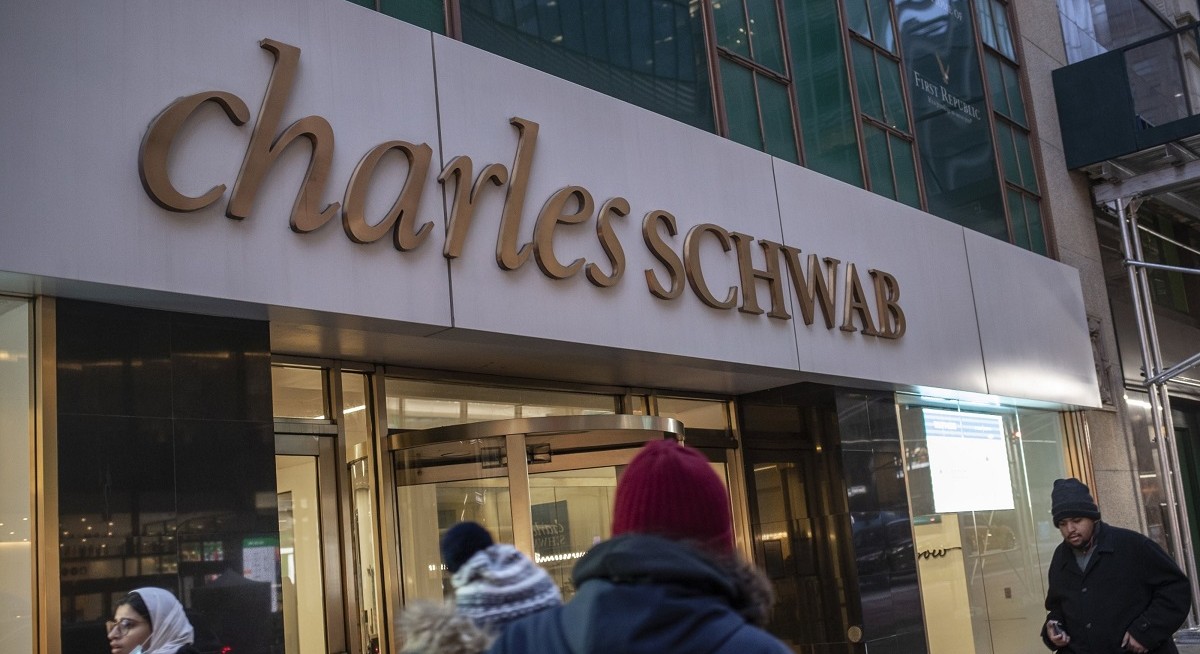They’re easy to buy and sell on Vanguard and Charles Schwab platforms. Last year alone, ETFs took in about US$600 billion ($792 billion), while mutual funds lost nearly US$1 trillion. According to industry experts, here are some of the best ETFs for retail investors in 2023.
Fixed income
Within the bond world, ETFs focused on bonds that are maturing soon — in other words, approaching the time when the issuer must repay the bond’s original value to its owner — may be appealing because they provide solid yield with minimal risk.
Nate Geraci, an investment adviser and president of the ETF Store, recommends the JPMorgan Ultra-Short Income ETF (JPST) or the Pimco Enhanced Short Maturity Active ETF (MINT), both of which have a 12-month yield of at least 1.83%.
See also: Thailand’s US$45 bil fund sees gold, equities boosting returns
A slightly riskier but still conservative option is the Vanguard Total Bond Market ETF (BND), which includes a wide array of investment-grade, intermediate-term securities. Bryan Armour, director of passive strategies research for North America at Morningstar, favours this option because it’s tilted away from riskier issuers, with about half the portfolio in Treasuries.
Target-maturity funds
One way to structure fixed-income exposure is through target-maturity ETFs, which hold bonds expected to mature in a specific year. That allows investors to “ladder” their investments by choosing multiple ETFs with different maturities. As each matures, you can reinvest the principal in later-maturity ETFs or take profits.
See also: US-China trade truce: Reprieve or realignment?
Sam Huszczo, the founder of SGH Wealth Management, favours the Invesco BulletShares products like the 2027 Corporate Bond ETF (BSCR). That could be paired with the 2029 Corporate Bond ETF (BSCT) and the 2031 Corporate Bond ETF (BSV) to create a ladder. Geraci said that staying in funds that mature even sooner can help those looking to minimise risk. He recommends products that mature in 2025 or 2026. “That offers some flexibility, so if rates do happen to move higher, these will mature and then you can reinvest in maturities further out on the timeline,” he added.
Diversified equity exposure
It’s not all about bonds. Geraci urges investors to look toward international stocks for diversification, significantly since their prices have recently fallen. “They are so unloved right now between a stronger dollar, geopolitical strife and a risk of global economic slowdown, but investors should remain patient on international exposure,” he said. The Vanguard FTSE Developed Markets ETF (VEA) and BlackRock’s iShares Core MSCI EAFE ETF (IEFA) are two of the largest ones focused on developed markets, which typically have less risk than emerging markets.
For US exposure specifically, Armour at Morningstar is eyeing the Dimensional US Core Equity 2 ETF (DFAC), which includes about 2,700 companies tilted toward small-cap stocks and those with lower relative prices.
“What the strategy does is balance targeting cheap valuations with profitability,” he said. “It’s a total stock market strategy, so if growth catches fire, you still catch some of it.”
Factor-based funds
Another category called factor-based, or smart beta, ETFs include stocks or bonds with specific investing characteristics. For instance, momentum stocks have accelerating price and volume, while low-volatility stocks have less fluctuation on average.
For more stories about where money flows, click here for Capital Section
Todd Rosenbluth, head of research at VettaFi, expects dividend ETFs to be in favour this year. He likes the Vanguard High Dividend Yield ETF (VYM), which contains companies with above-average dividend yields and tends to be exposed to more defensive sectors. For more tech exposure, he recommends the ALPS Sector Dividend Dogs ETF (SDOG), a fund that includes the five highest-yielding S&P 500 stocks across 10 sectors, including tech, and equal-weights its holdings.
Rosenbluth said that the Invesco S&P 500 Low Volatility ETF (SPLV) might also become more prevalent in 2023. The US$11 billion fund leans toward less risky sectors within the market, like utilities, consumer staples and health care. Meanwhile, the iShares MSCI USA Minimum Volatility Factor ETF (USMV) offers more diversification across sectors and limits how high or low sector weights can be next to the broader market. Yet, it still has meaningful exposure to tech and far less exposure than SPLV to sectors like utilities. “It’s another great option for people looking to play a bit of defence but who still want to have the chance for upside in the market,” Rosenbluth said. — Bloomberg



